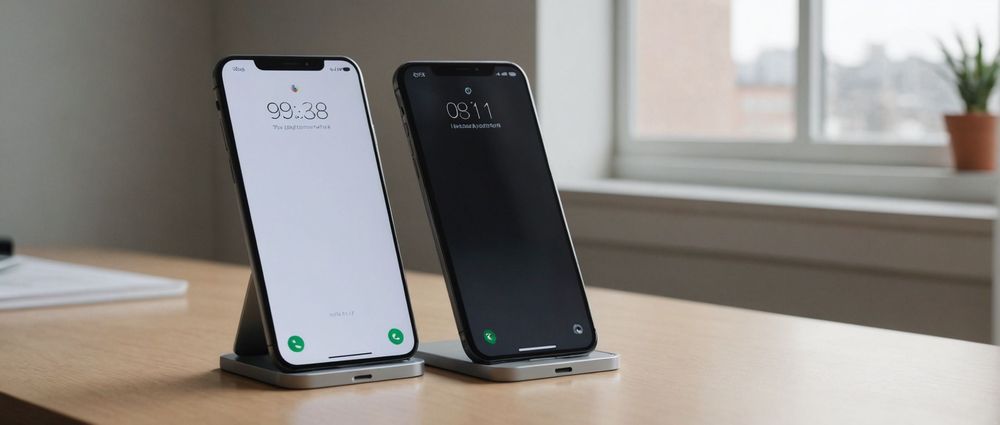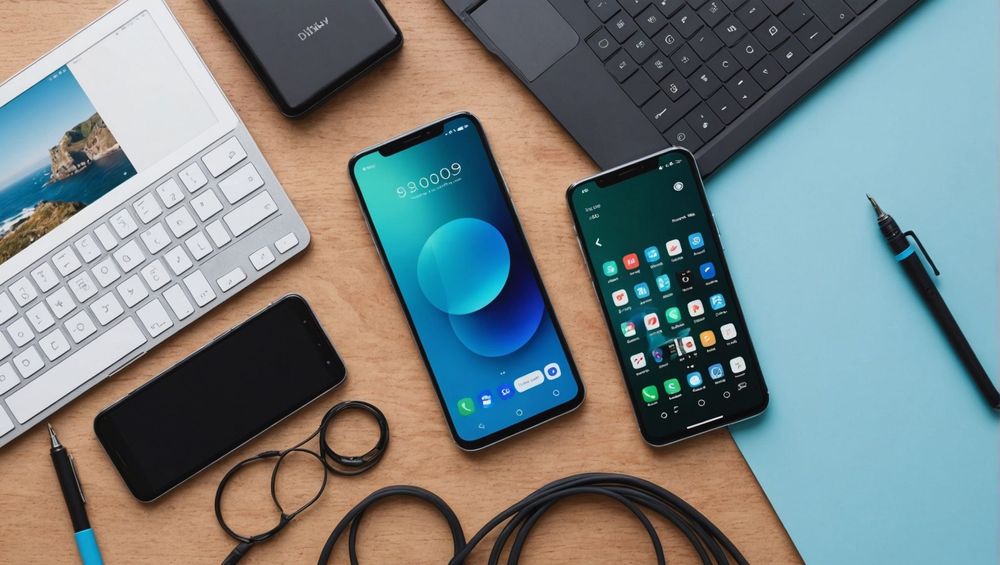When it comes to smartphone design, the terms “bezel” and “bezel-less” frequently arise, indicating the presence or absence of frame around the phone’s screen. A bezel is essentially the border that surrounds the display, providing a structure for the device and often housing components like the front camera and speakers. On the other hand, a bezel-less phone minimizes or eliminates this border, resulting in a more immersive display experience. This article will delve deeper into these concepts, exploring their implications for design, functionality, and user experience.
Understanding the Bezel

The bezel is the frame that encircles a smartphone’s screen, serving both aesthetic and functional purposes. It provides structural integrity to the device, preventing screen damage in everyday use. Additionally, bezels often contain important hardware components. Here are some key characteristics of bezels:
- Protection: Bezels are designed to protect the edges of the screen from impacts and scratches.
- Housing Components: They often house essential features like front cameras, sensors, and microphones.
- Aesthetic Value: Many designs prioritize bezels for a balanced look, ensuring the phone appears sleek and stylish.
- Space for Interaction: Bezels can provide a grip area for handling while using the device.
- Durability: The added frame can contribute to overall device durability, reducing the likelihood of screen fractures.
The Emergence of Bezel-less Phones

The trend of bezel-less phones began as manufacturers sought to maximize screen real estate, making devices more appealing to consumers. A bezel-less phone reduces or completely eliminates the border around the display, allowing for a larger screen-to-body ratio. This design not only looks modern and stylish but also enhances the overall user experience. Some critical aspects of bezel-less phones include:
- Immersive Experience: Bezel-less designs offer a more captivating viewing experience, ideal for video streaming and gaming.
- Modern Aesthetic: The sleek, uninterrupted screen creates a contemporary look that many consumers find appealing.
- Enhanced Touch Experience: Without a bezel to obstruct gestures, users can navigate more freely across the screen.
- Technical Challenges: Manufacturing bezel-less phones often requires innovative technology for housing front components.
- Varied Designs: Different manufacturers adopt unique approaches to bezel-less designs, leading to various implementations.
Comparing the User Experience
The user experience dramatically differs between bezel and bezel-less phones. A bezel can provide functional advantages in certain scenarios, while a bezel-less design is often more immersive. Here’s how they compare:
- Visual Appeal: Bezel-less phones generally attract consumers with their minimalistic and sophisticated design.
- Functionality: Bezels can serve as a secure grip area, which may be beneficial in preventing accidental screen touches.
- Immersion: Bezel-less phones offer a more engaging viewing experience, great for content consumption and gaming.
- Durability: Devices with prominent bezels may have a slight edge regarding screen protection.
- Adaptability: Bezel-less phones often adapt new technologies for housing front-facing components like cameras and sensors.
Trends and Future Outlook
As technology progresses, the line between bezel and bezel-less phones continues to blur. Many manufacturers are now creating phones that feature ultra-thin bezels while still maintaining necessary components, thus marrying the two approaches. The trend towards more immersive displays will likely persist, with future innovations potentially leading to completely bezel-less designs or new ways to integrate necessary components into screen edges. As consumers gravitate towards larger, more vibrant screens, understanding the differences between these designs is crucial for making informed purchasing decisions. Who knows what lies ahead as technology evolves?
Conclusion
In summary, the primary distinction between bezels and bezel-less phones lies in the presence or absence of a surrounding frame around the display. While bezels serve to protect the screen and house components, bezel-less designs prioritize a larger display for an immersive experience. As technology continues to advance, the demand for bezel-less phones may encourage innovative approaches to device design, enhancing user experience along the way. Ultimately, the choice between a bezel and a bezel-less phone will depend on individual preferences, usage scenarios, and aesthetic tastes.
FAQs
1. Are bezel-less phones more fragile than those with bezels?
Bezel-less phones can sometimes be more vulnerable to damage since they lack a protective frame, but advancements in screen technology help mitigate this risk.
2. Do bezel-less phones have the same functionality as traditional phones?
Yes, bezel-less phones typically maintain the same functionalities as traditional phones but may incorporate new technologies for housing essential components.
3. How can I identify a bezel-less phone?
Look for phones that have minimal to no visible borders around the display, often marketed as having a high screen-to-body ratio.
4. Are there any notable disadvantages to bezel-less designs?
One drawback could be the difficulty in securely gripping the phone, and accidental touches may occur more often, depending on the design.
5. Will all future phones be bezel-less?
While the trend is growing, not all future phones will be bezel-less; manufacturers will likely continue to create a variety of designs to cater to different consumer preferences.





